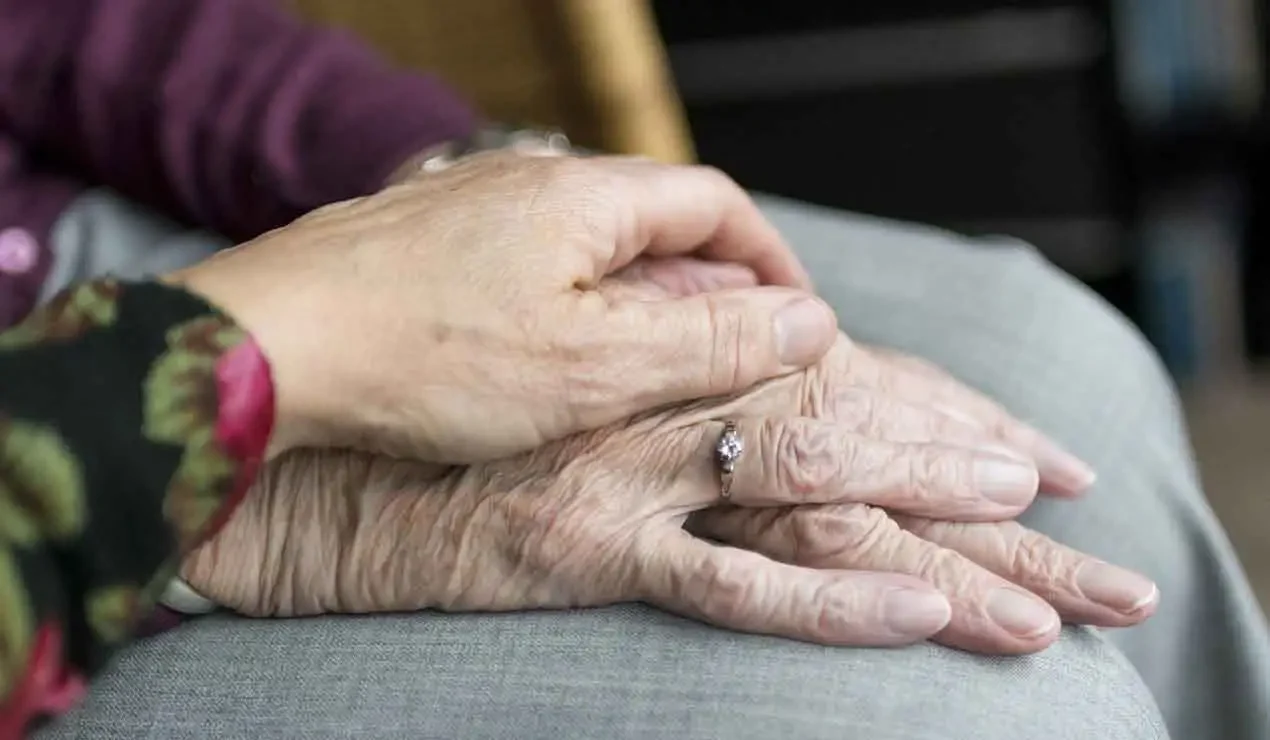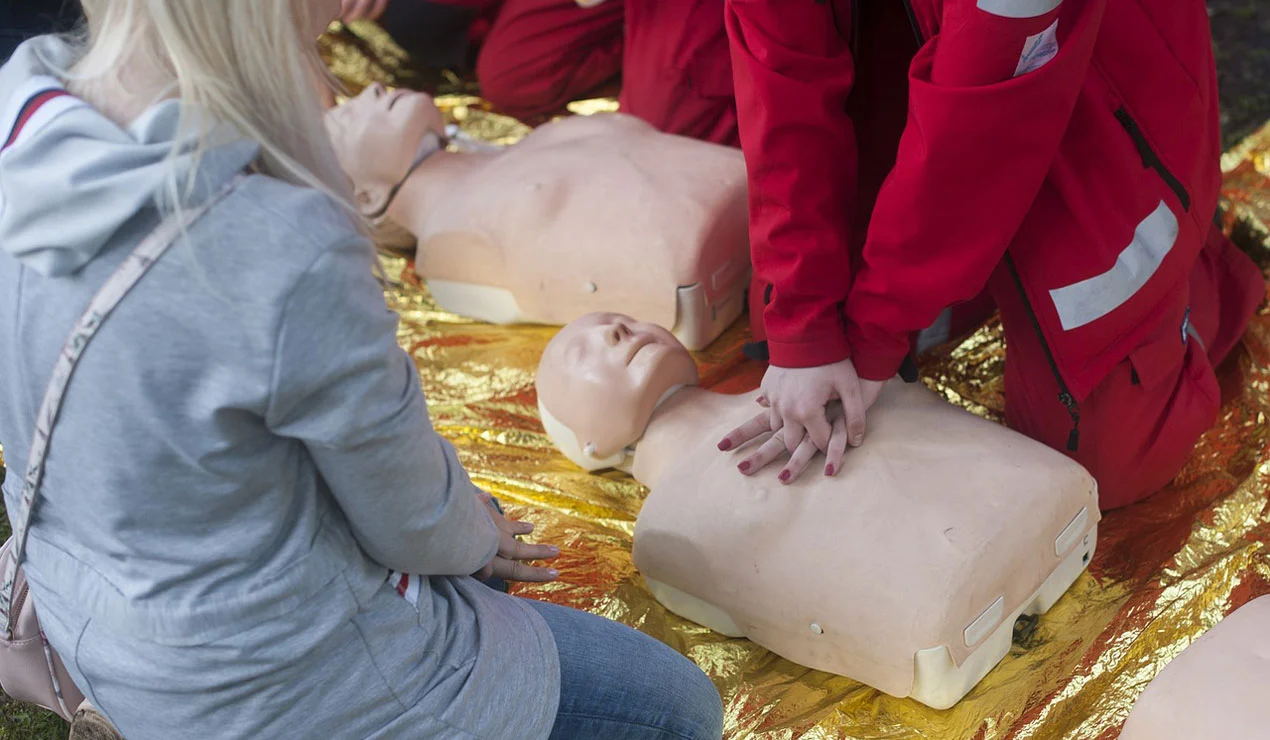Basic Life Support
Welcome to our comprehensive Basic Life Support (BLS) Course, designed to equip individuals with the essential skills and knowledge to confidently respond and provide immediate assistance in critical life-threatening situations. Whether you’re a healthcare professional, first responder, caregiver, or simply …
Overview
Welcome to our comprehensive Basic Life Support (BLS) Course, designed to equip individuals with the essential skills and knowledge to confidently respond and provide immediate assistance in critical life-threatening situations. Whether you’re a healthcare professional, first responder, caregiver, or simply a concerned citizen, this course offers vital training that can make a significant difference in saving lives.
Our Basic Life Support Course provides a dynamic learning experience that combines theoretical knowledge, hands-on skills training, and simulated scenarios. Participants will acquire the necessary skills to recognize emergencies, initiate prompt action, perform crucial life-saving techniques, and coordinate efforts with healthcare providers, fostering a sense of confidence and preparedness in emergency situations.
Key Course Features:
- Cardiopulmonary Resuscitation (CPR): Learn the fundamental techniques of CPR, including chest compressions, rescue breaths, and the use of automated external defibrillators (AEDs). Understand the importance of early recognition of cardiac arrest, the steps of the Chain of Survival, and the correct sequence of interventions.
- Airway Management: Master the skills to maintain a clear and open airway during emergencies. Learn how to position a patient, perform head-tilt/chin-lift maneuvers, clear obstructions, and deliver effective rescue breathing techniques for individuals of all ages.
- Basic First Aid: Acquire basic first aid skills to manage common medical emergencies, such as choking, bleeding, shock, and seizures. Learn proper wound care techniques, bandaging, and the importance of infection control in emergency situations.
- Recognition and Response to Emergencies: Develop the ability to assess and recognize various medical emergencies, including heart attacks, strokes, respiratory distress, and allergic reactions. Learn to prioritize actions and communicate effectively with emergency medical services (EMS) personnel.
- Teamwork and Communication: Understand the importance of effective teamwork and clear communication during emergency situations. Learn how to coordinate efforts with other responders, delegate tasks, and provide concise and accurate information to healthcare professionals.
- Simulated Scenarios and Practical Skills: Engage in realistic simulated scenarios to apply your knowledge and skills in a controlled environment. Practice BLS techniques on manikins, receive feedback from instructors, and enhance your confidence in delivering life-saving interventions.
Why Choose Our Basic Life Support Course?
- Accredited Training: Our course is accredited by recognized organizations and follows the guidelines and standards set by the American Heart Association (AHA) or other relevant regulatory bodies.
- Experienced Instructors: Learn from experienced healthcare professionals who possess expertise in emergency care and can provide real-world insights and practical tips for effective response in critical situations.
- Hands-on Training: Engage in hands-on skills training and simulated scenarios that mimic real-life emergencies, allowing you to apply your knowledge and develop muscle memory for life-saving techniques.
- Certification: Receive a certification upon successful completion of the course, which can be used for professional development, workplace requirements, or personal fulfillment.
- Ongoing Support and Updates: Stay updated with the latest advancements and guidelines in basic life support through ongoing support, access to resources, and opportunities for continued learning.
Enroll in our Basic Life Support Course today and gain the knowledge, skills, and confidence to respond effectively in emergency situations. Be prepared to make a difference and provide critical assistance to those in need, as you become an essential link in the chain of survival. Together, we can save lives and make a positive impact in our communities.
Curriculum
Curriculum
- 1 Section
- 1 Lesson
- Lifetime
- Download PDF1







